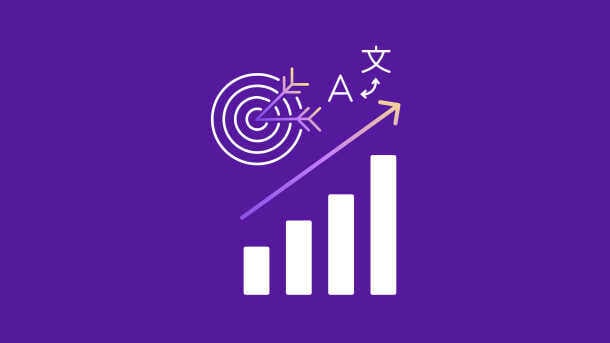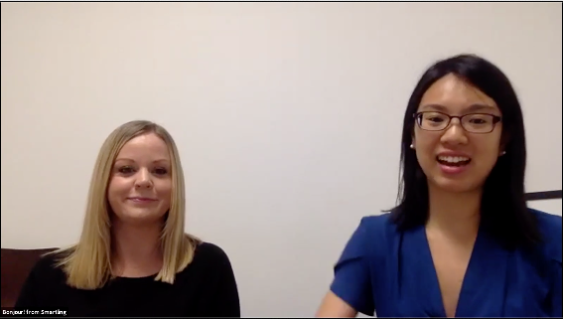Fully human translation processes used to help companies expand into new multilingual markets. However, businesses have since faced high costs, less efficient translation production, and content update delays as a result of these traditional processes.
Human translations have irreplaceable advantages, such as the ability to maneuver complex cultural nuances. If companies can empower human localization teams with the right technology, they can then overcome traditional barriers and achieve high-quality, impactful translations.
Innovative AI translation services have become the most effective solution for many of these obstacles. Brands can fully adopt a combination of AI translation and human review to leverage all possible benefits and create the highest-quality, most cost-effective translations possible. AI-powered human translation services are the best way to further reduce translation costs in a highly commoditized market.
Together, we’ll dissect the role of AI translation services for brands that want to expand into new markets, as well as the benefits of AI and how you can implement it today.
AI’s role in modern translation services
It's hard to ignore the ripple effect of one innovation that changes everything.
For example, something as simple as the invention of standard paper sizes required the size of drawers, desks, offices, and entire buildings to change to accommodate them. One small change can impact whole industries, cities, and even the future.
Similarly, AI translation services have brought new advantages and have changed the cost, speed, scalability, and accuracy of market localization. For the first time, companies of all sizes can efficiently and affordably scale localization for dozens of different cultures, regions, and countries.
Not only are speed and affordability possible, but accuracy is as well.
In the past, companies often had to sacrifice one of these benefits for another. AI translation now equips teams with fast and reliable translations, which gives linguists more time to focus on complex and nuanced cases.
These innovations aren’t merely an option for companies anymore. Translation projects without an AI-enabled platform face a competitive disadvantage. When businesses adopt AI to empower their linguists, they change their economic strategy and overall communication success rate. Teams can have all the advantages of affordable, scalable translations without losing accuracy.
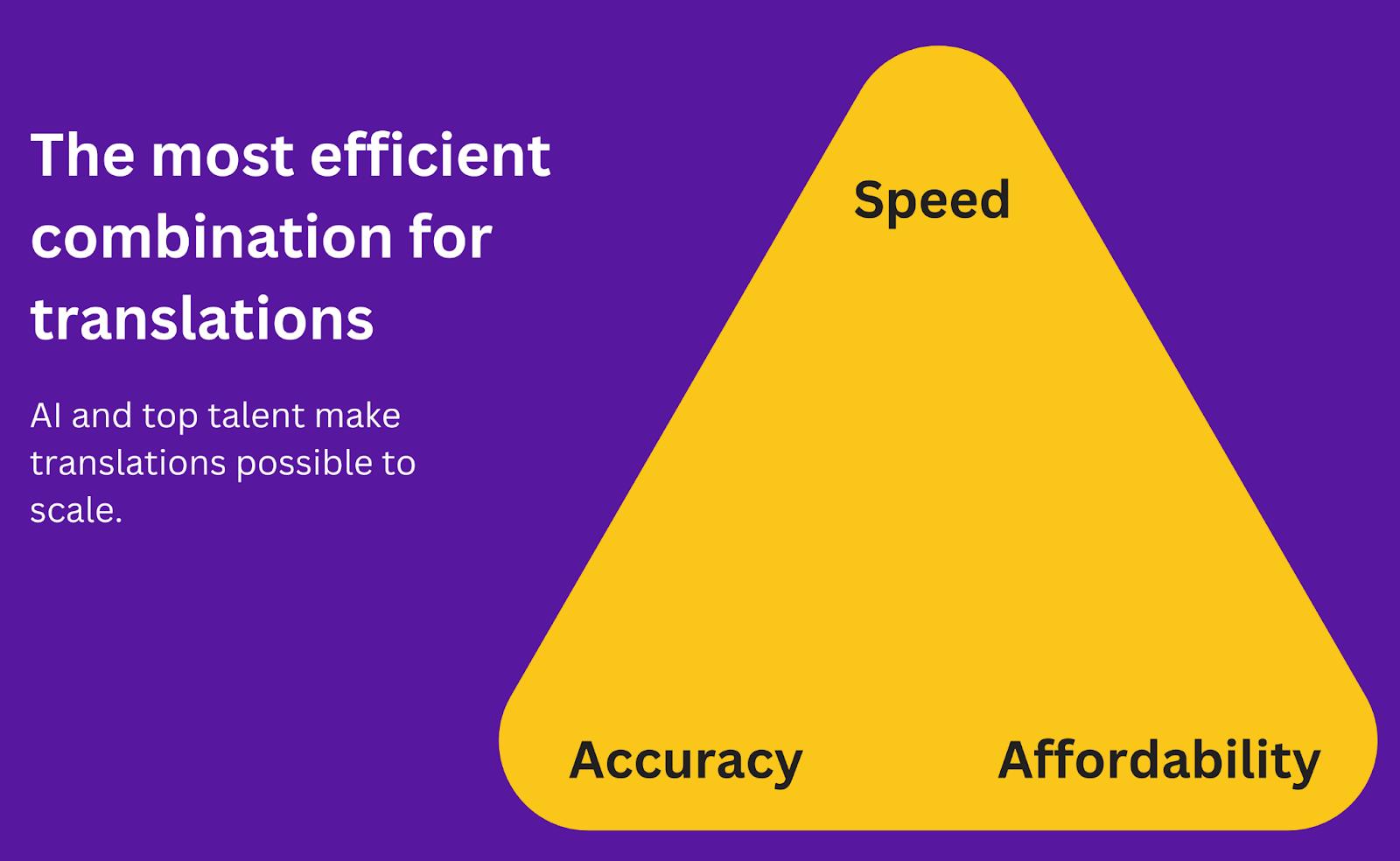 The “Golden Triangle” of translation is speed, accuracy, and affordability. Globalization plans can scale, regardless of size, with today's technology and services.
The “Golden Triangle” of translation is speed, accuracy, and affordability. Globalization plans can scale, regardless of size, with today's technology and services.
Balancing speed and accuracy with AI translation
What do speed and accuracy mean for translations?
Previously, when using machine translations, a company might input source text and receive billions of translated words within seconds. As an additional step, they might briefly review these translations or hire a translator or third party to quickly review and approve the content for a local audience to avoid increasing labor costs. The problem with that approach is that cultural nuances, phrases, and elements, along with brand preferences like glossary terms and style preferences, may not translate perfectly without a human involved in the process.
Engaging with a global brand isn't necessarily a red flag for customers, but misalignment is. If the target audience feels that a translation sounds off or the content is offensive, it can become alienated from the brand. Because the messaging sounds unfamiliar, potential customers will see that the company doesn't understand who they are and what they need.
However, thanks to solutions like Smartling’s AI-Powered Human Translation, companies can use machine translation in concert with AI features to achieve highly accurate, lower cost translations that take the company’s brand preferences into account.
As a final step, expert linguists comprehensively review and validate translations, which allows brands to optimize their workflow for faster and more cost-effective translations. This process ensures that audience-specific brand messages translate accurately every time.
“[Large language models (LLMs)] can be used as is for all translation-related tasks,” explains Alex Yanishevsky, director of AI and machine translation solutions at Smartling. “Our position is that LLMs need to be used judiciously since they can contain bias. […] We take a very measured approach and apply LLMs for automated post-editing tasks, such as glossary insertion or dynamic repair of similar sentences in a translation memory database, not initial machine translation, to bridge that last mile for linguist productivity.
“There is a sense of child-like wonder and awe when [translators] see that LLMs can do things like correctly change the style from a formal style sentence to a more casual sentence or use their corporate terminology in a way that is grammatically correct. There is an ‘aha’ moment of ‘Wow, it actually gets me!’”
These features save time and money on translation projects and ensure future accuracy.
With Smartling, companies see a 200% reduction in active linguist time and a 15% decrease in the number of edits, all while maintaining a higher MQM score than the industry average. Additionally, Smartling’s glossary intervention uses AI to reach up to 94% grammatically correct results.
Thanks to computer-assisted translation tools, human teams can also verify and translate content within context, such as the text next to images or on a landing page.
AI translation technology handles the routine heavy lifting for translations. Then, your human team can localize your company content.
The benefits of AI translation services for growth
Content translation and localization can be costly without the right solution. Because of this, businesses should consider the software, AI features, machine translation engines, and expert linguists they need to execute a successful strategy.
If a company uses only human translations, it would have to pay high labor costs with a less efficient output, which increases project and opportunity costs and decreases scalability.
With a combination of an AI translation tool and expert language services, brands can quickly scale and produce fast, affordable, high-quality translations.
Communicating and connecting with audiences in new markets gives companies enormous growth potential. Each new market provides an opportunity to introduce the brand to millions of people and offers a practical and scalable way to grow company revenue, one market at a time.
Successful companies already have remarkable products. They just need to introduce these products to more people in order to grow.
A globalized market strategy with accurate localized content is one of the fastest ways to multiply sales, especially when companies connect personally with customers.
Implementing AI translation in your business strategy
Most successful AI translation strategies integrate AI features with traditional machine translation. For instance, Smartling's Neural Machine Translation Hub makes translating billions of words in seconds possible by routing content to the best machine translation engine for each use case and content type. Whether it’s Google Translate for language pairs or Prompsit for local flavor adaptation like French and French Canadian, Smartling identifies the best engine for the job. Once you find the right AI translation platform, it’s essential to identify your localization workflow and process and decide how you want to improve them. Review your current translation process and decide what content you need to localize and how exactly you want to improve it.
Tools like Smartling’s translation management system (TMS) help teams verify accuracy, improve content, and prepare text for publication. The TMS supports a variety of workflows, like AI translations, to produce efficient content. Localization experts can then collaborate on content and focus on more complex and nuanced cases.
Because of this process, it’s also important to work with a company that provides dynamic workflows to support qualified linguists. Human localization experts can leverage AI translation technology for routine translations so they can instead use their time to verify translation quality and accuracy.
Additionally, Smartling’s AI Fuzzy Match Repair helps linguists by expanding your translation memory’s reach to net you more cost savings. This, along with Glossary Term Insertion, amplifies your linguistic assets’ value to deliver higher quality translations to your linguists than ever before.
Once your team defines a specific language criteria, like a particular phrase or audience-specific nuance, it goes into the translation memory so that future translations follow the same parameters, which saves time and money. Over time, machine learning technology will utilize these processes and tools to increase quality and create a higher-quality content experience for customers (at a faster and more affordable rate).
Make sure to follow these guidelines for an AI translation service:
- Review your current translation process.
- Choose the right AI translation software.
- Ensure that your tool also provides end-to-end services for the entire localization process.
- Decide which global audiences you want to target first with translations.
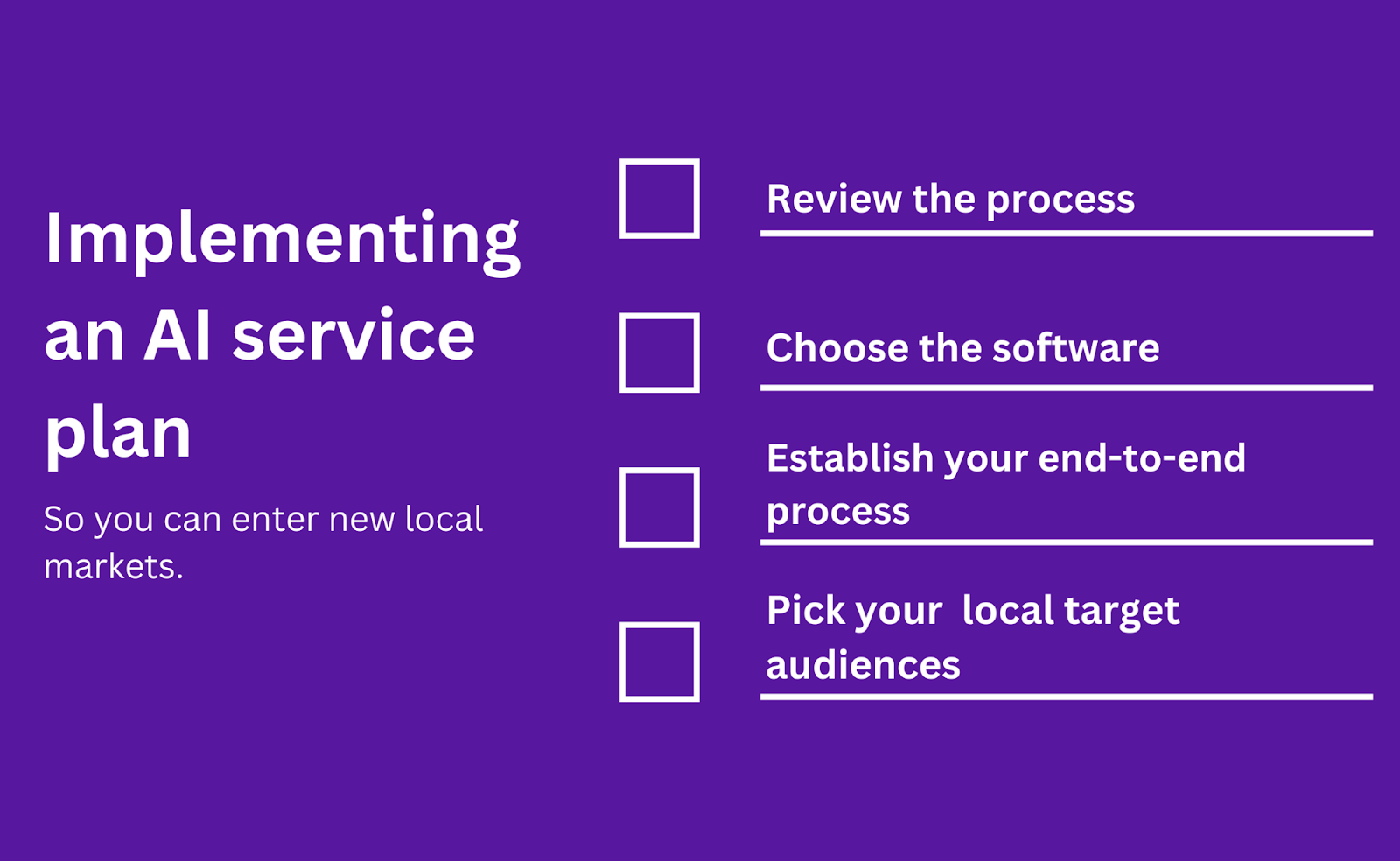 Start translating content so you can reach more customers.
Start translating content so you can reach more customers.
How to implement AI translation services
When your team has the perfect solution, they can instead focus on improving content for localization. Experts can navigate and adjust content so it connects with local audiences, and your team can publish content that conveys your intended brand message to unique people groups with different interpretations, backgrounds, and cultural nuances.
Below are some essentials for a productive and effective AI translation plan:
1. Measuring AI translation quality
With the Multidimensional Quality Metrics (MQM) framework, teams can efficiently assess content quality.
In episode seven of the Reality Series, Olga Beregovaya, VP of AI and machine translation at Smartling, emphasizes that the MQM model categorizes errors and incorporates severity weights to calculate an overall quality score. This methodology allows teams to transform translation quality into a numerical value that they can use for improvement.
Smartling, for example, equips teams to produce the best translations possible. Its multi–machine translation engine solution delivers up to 350% higher quality translations, and its dynamic workflows reduce effort by over 90%.
The platform’s MQM scores are also three points higher than the industry average (98 vs. 95). These differences improve your company’s localization plan and contribute to its success.
 Smartling offers unmatched MQM score results. (Source) Once you can ensure AI translation accuracy, it’s important to find the right team to verify and process final output.
Smartling offers unmatched MQM score results. (Source) Once you can ensure AI translation accuracy, it’s important to find the right team to verify and process final output.
2. Finding native linguists
Only native linguists who are local to your target market can provide the most accurate language content. They've grown up in the area and experienced what it's like to be part of the local culture of the country or city you’re looking to reach. Additionally, local translation experts can sense shifting trends and historical nuances that foreign translators would miss.
If companies want to expand into multiple markets, finding top talent for each local economy can be difficult. However, solutions like Smartling provide comprehensive local expert translation services to ensure that your content reaches local audiences.
3. Choosing a target market
Once you have a solution that provides the technology and human experts you need for successful localization, you can strategize and choose your first target markets.
Content translation is an exciting initiative because it opens the doors to new audiences and increases sales and growth. However, brands need the tools and services to accurately and affordably translate into different languages for multiple cultures.
When you get localization right, the opportunities to scale will seem limitless with the thousands of different cultures, demographics, and local audiences that will want your solution.
Smartling's approach to AI translation services
Smartling offers everything a company needs to translate and localize its brand into new multilingual markets, from machine translation tools to management software and expert services.
Smarting is an all-in-one AI translation services platform. It provides companies with the technology to translate billions of words in context, manage those translations, and incorporate AI-powered human translators for higher-quality output.
A pioneer in AI-powered translation services, Smartling makes these tools, as well as top expert talent, available for business and translation companies. With Smartling, companies can accurately communicate with local audiences, which increases their chances of making sales and becoming brand leaders within other markets.
Today, businesses can launch their translation and location strategy with affordability, speed, and accuracy. You don’t have time to lose when it comes to growth, and there’s no better way to get started than reaching global markets on a local, targeted level.
Want to increase your brand’s revenue and customer reach? Watch the demo to learn how Smartling can help you target local audiences.
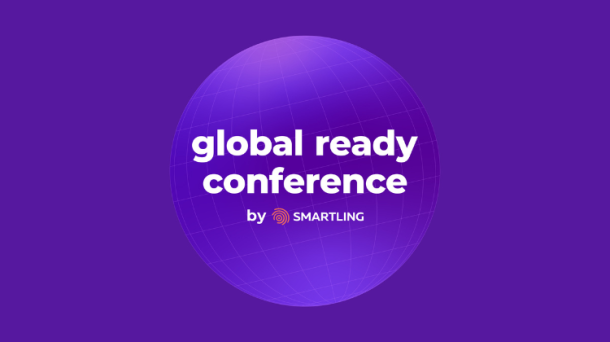
.jpg)


